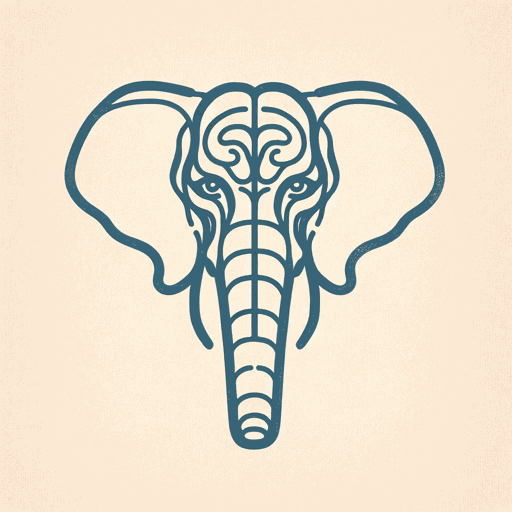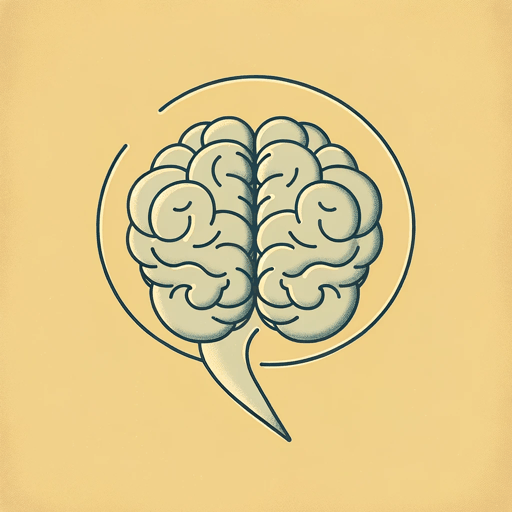37 pages • 1 hour read
Jonathan HaidtThe Righteous Mind: Why Good People Are Divided by Politics and Religion
Nonfiction | Book | Adult | Published in 2012A modern alternative to SparkNotes and CliffsNotes, SuperSummary offers high-quality Study Guides with detailed chapter summaries and analysis of major themes, characters, and more.
Part 1: “Intuitions Come First, Strategic Reasoning Second”Chapter Summaries & Analyses
Chapter 1 Summary: “Where Does Morality Come From?”
In the first chapter of book, the author explains the goal of his philosophical and psychological research is to discern how people decide what is right and what is wrong. Is it a cultural construct? Is it a historical construct? Is it something else altogether? Since this question itself (how do we know right from wrong) is one that has been pervasive throughout human history, Haidt starts by looking at typical answers to this question to illustrate the shortcomings of these answers.
Learning right from wrong is something that happens as we age. Morality is established in childhood. We are expected to know it and act on it by the time we reach maturation. So then the question is: How do we learn it? Haidt explains that traditionally—and simplistically—people have answered the question of how children learn right from wrong in two main ways. The two options are often referred to as “nature or nurture.”
For some, it is a matter of innate goodness, encoded by God perhaps, in the human soul. Children (and adults) need to be guided by this innate goodness to see what is right and wrong and then act accordingly. Individuals who subscribe to this belief are nativists.
Related Titles
By Jonathan Haidt



